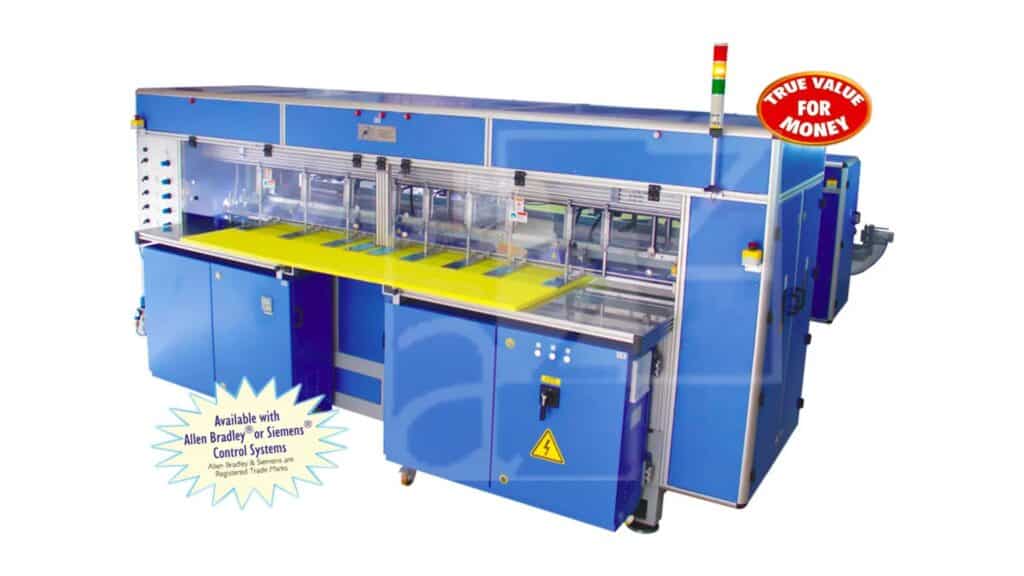
How Precision Pleating Technology Enhances Performance and Efficiency
Share
Precision pleating technology is a high-accuracy manufacturing process used to create uniform pleats in various materials, such as filter media, textiles, and technical fabrics. This technology ensures consistent spacing, alignment, and depth of pleats, which are critical for performance, durability, and efficiency in end products.
From air and liquid filters to advanced fabric applications, precision pleating plays a vital role in industries like automotive, healthcare, aerospace, and HVAC.

The Importance of Precision in Pleating
Traditional pleating methods often involve manual labor or semi-automated systems, which can lead to inconsistencies and lower product quality. Precision pleating technology eliminates these issues by using automated machinery and advanced control systems that guarantee:
- Uniform pleat geometry
- Tight tolerances
- Repeatable and scalable production
- Material preservation and reduced waste
Applications Across Industries
1. Filtration Systems
In filtration, the pleat design directly affects the surface area and flow dynamics. Precision pleating ensures high dust-holding capacity, better airflow, and longer filter life, which are essential for:
- Air filters (HVAC, automotive, clean rooms)
- Oil and fuel filters
- Water purification systems
2. Medical and Cleanroom Textiles
Precision pleated materials are used in face masks, surgical filters, and cleanroom garments, where consistent filtering performance is critical to health and safety.
3. Automotive and Aerospace
Advanced pleating machines help manufacture components for engine filtration, cabin air quality systems, and even thermal and acoustic insulation materials.
Key Benefits of Precision Pleating Technology
Enhanced Product Performance
More consistent pleats lead to more predictable performance, especially in filtration where pressure drop and flow rate are crucial.
Higher Production Efficiency
Automated precision pleaters increase throughput while maintaining quality, reducing the need for manual inspection or rework.
Material Versatility
Modern pleating machines can handle a wide range of materials—glass fiber, synthetic media, wire mesh, and more—making them adaptable for various applications.
Reduced Waste and Costs
Precision pleating minimizes material waste and rejects, leading to cost savings over time.
Technology Behind the Process
Precision pleating machines often include:
- Servo-driven rollers and blades
- Adjustable pleat height and pitch
- In-line gluing and cutting systems
- Real-time monitoring and feedback systems
These features allow operators to fine-tune every aspect of the pleating process, ensuring optimal results for even the most demanding specifications.
Challenges and Innovations
While precision pleating technology offers numerous benefits, it also presents challenges such as:
- High initial setup costs
- Need for skilled technicians to manage complex machinery
- Continuous innovation to accommodate new materials and designs
However, manufacturers are meeting these challenges with AI integration, smart sensors, and cloud-based monitoring systems, pushing pleating technology into the future.
Conclusion: Folding the Future with Precision
Precision pleating technology represents a significant advancement in modern manufacturing, enabling higher performance, consistency, and innovation across various sectors. As industries demand more efficient and reliable products, precision pleating will remain a cornerstone technology—shaping materials, and shaping the future.